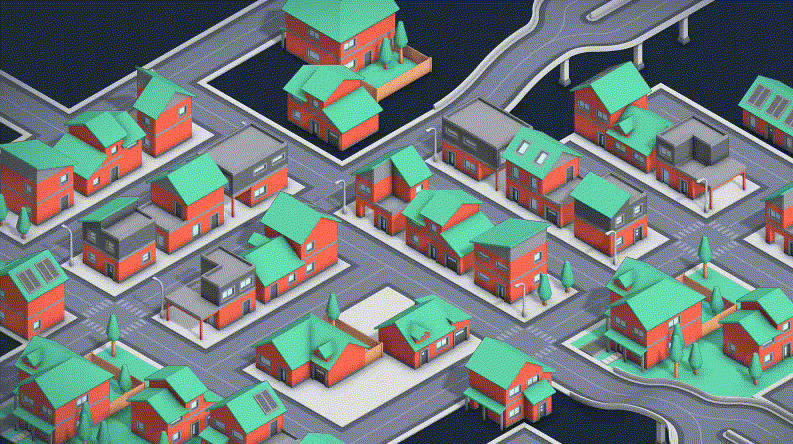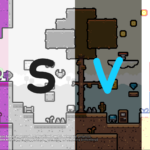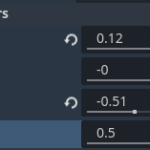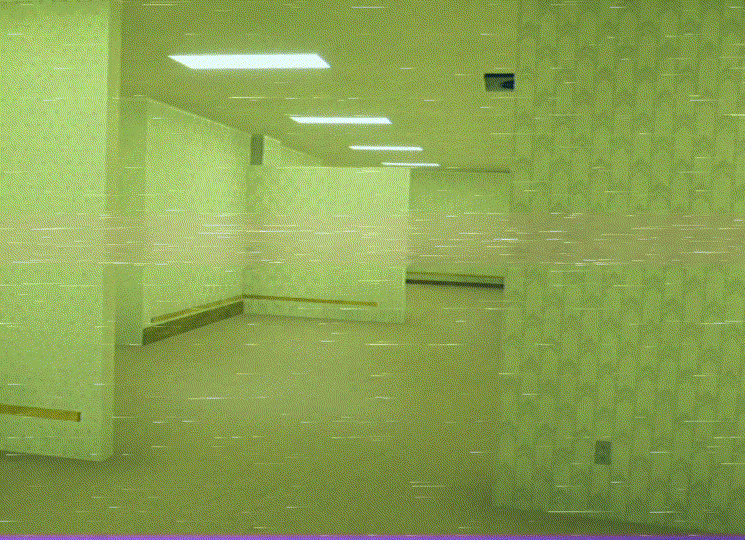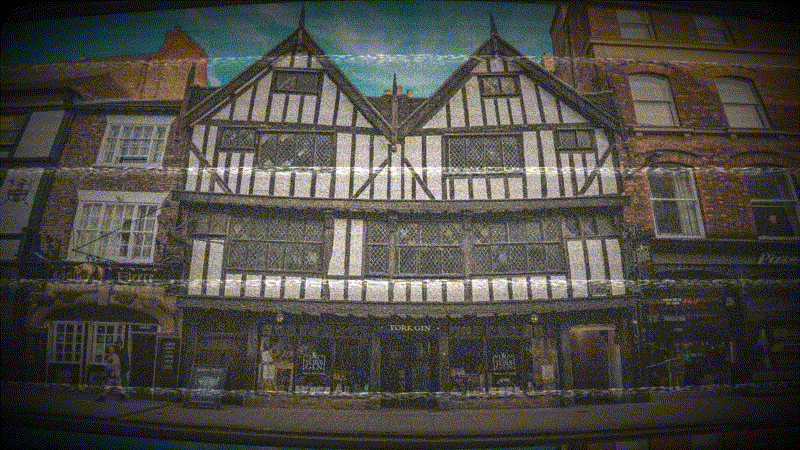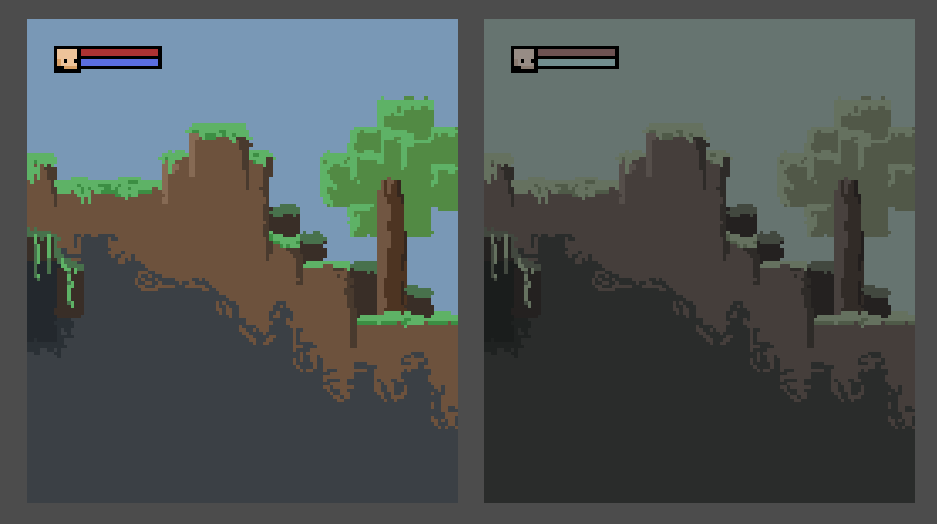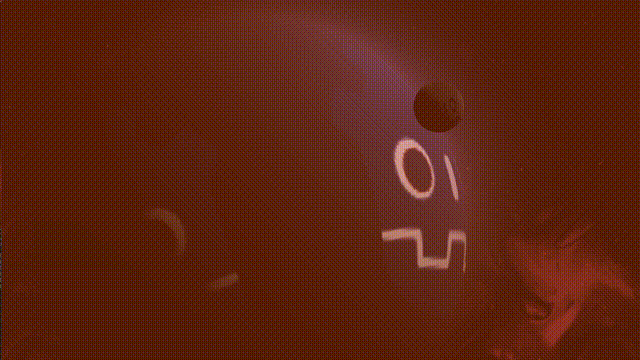HSV and Exposure Composites
Godot 4 shader to change HSV values and exposure.
Instructions
- Create a CanvasLayer
- Add a ColorRect and sets its anchors to Full Rect
- Add a ShaderMaterial and the shader to the ColorRect
Shader code
// Copyright (c) 2024 roland.marchand@protonmail.com
// SPDX short identifier: 0BSD
shader_type canvas_item;
#define F_STOP_SQUARE 1.0
#define MIN_FLOAT 1.17549435e-38
#define MAX_FLOAT 3.402823466e+38
#define EPSILON 0.00001
uniform sampler2D screen_texture: hint_screen_texture, filter_linear, repeat_disable;
uniform float hue: hint_range(-0.5, 0.5, 0.01) = 0.0;
uniform float saturation: hint_range(-1.0, 1.0, 0.01) = 0.0;
uniform float value: hint_range(-1.0, 1.0, 0.01) = 0.0;
// https://upload.wikimedia.org/wikipedia/commons/d/d8/Exposure_program_chart.gif
uniform float exposure: hint_range(0.0, 1.0, 0.01) = 0.5;
bool nearly_equal(float a, float b) {
float absA = abs(a);
float absB = abs(b);
float diff = abs(a - b);
if (a == b) { // shortcut, handles infinities
return true;
} else if (a == 0.0 || b == 0.0 || (absA + absB < MIN_FLOAT)) {
// a or b is zero or both are extremely close to it
// relative error is less meaningful here
return diff < (EPSILON * MIN_FLOAT);
} else { // use relative error
return diff / min((absA + absB), MAX_FLOAT) < EPSILON;
}
}
float get_hue(vec3 rgb) {
float minimum = min(min(rgb.r, rgb.g), rgb.b);
float maximum = max(max(rgb.r, rgb.g), rgb.b);
float delta = maximum - minimum;
if (nearly_equal(delta, 0.0)) {
return 0.0;
}
float ret;
if (nearly_equal(rgb.r, maximum)) {
ret = (rgb.g - rgb.b) / delta; // between yellow & magenta
} else if (nearly_equal(rgb.g, maximum)) {
ret = 2.0 + (rgb.b - rgb.r) / delta; // between cyan & yellow
} else {
ret = 4.0 + (rgb.r - rgb.g) / delta;// between magenta & cyan
}
ret /= 6.0;
if (ret < 0.0) {
ret += 1.0;
}
return ret;
}
float get_saturation(vec3 rgb) {
float minimum = min(min(rgb.r, rgb.g), rgb.b);
float maximum = max(max(rgb.r, rgb.g), rgb.b);
float delta = maximum - minimum;
return maximum == 0.0 ? 0.0 : delta / maximum;
}
float get_value(vec3 rgb) {
return max(max(rgb.r, rgb.g), rgb.b);
}
vec3 get_hsv(vec3 rgb) {
return vec3(get_hue(rgb), get_saturation(rgb), get_value(rgb));
}
vec3 get_rgb(vec3 hsv) {
vec3 rgb;
int i;
float f, p, q, t;
if (nearly_equal(hsv.y, 0.0)) {
rgb.r = rgb.g = rgb.b = hsv.z;
return rgb;
}
hsv.x *= 6.0;
hsv.x = mod(hsv.x, 6.0);
i = int(floor(hsv.x));
f = hsv.x - float(i);
p = hsv.z * (1.0 - hsv.y);
q = hsv.z * (1.0 - hsv.y * f);
t = hsv.z * (1.0 - hsv.y * (1.0 - f));
switch (i) {
case 0: // Red is the dominant color
rgb.r = hsv.z;
rgb.g = t;
rgb.b = p;
break;
case 1: // Green is the dominant color
rgb.r = q;
rgb.g = hsv.z;
rgb.b = p;
break;
case 2:
rgb.r = p;
rgb.g = hsv.z;
rgb.b = t;
break;
case 3: // Blue is the dominant color
rgb.r = p;
rgb.g = q;
rgb.b = hsv.z;
break;
case 4:
rgb.r = t;
rgb.g = p;
rgb.b = hsv.z;
break;
default: // (5) Red is the dominant color
rgb.r = hsv.z;
rgb.g = p;
rgb.b = q;
break;
}
return rgb;
}
void fragment() {
COLOR = texture(screen_texture, UV);
vec3 HSV = get_hsv(COLOR.rgb);
HSV.x = mod(HSV.x + hue, 1.0);
HSV.y = clamp(HSV.y + saturation, 0.0, 1.0);
HSV.z = clamp(HSV.z + value, 0.0, 1.0);
COLOR = vec4(get_rgb(HSV), 1.0);
// Exposure
COLOR.rgb *= log2(F_STOP_SQUARE / exposure);
}
